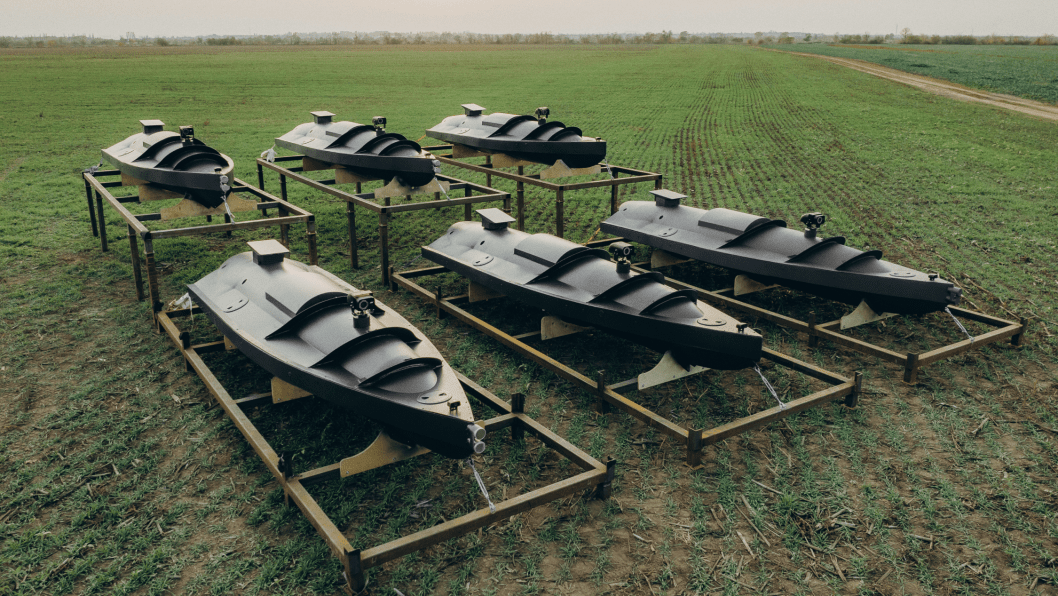- Category
- Latest news
Russia Will Remain a Threat Even After Ukraine Peace Deal, Says NATO Chief

Ahead of the North Atlantic Council meeting of foreign ministers in Brussels, NATO Secretary General Mark Rutte warned that Russia would remain a long-term threat to NATO countries—even if a peace agreement is reached with Ukraine. This was reported by European Pravda on April 3.
Rutte stressed the importance of preparing for that reality, stating, “The focus for 2032 is how to defend NATO territory from the Russians—our long-term threat—which will remain even after, I hope, a deal on Ukraine is reached. The Russian threat will persist for many years.”
He also noted that the United States expects NATO members to increase their defense spending.
“There is a clear expectation from the United States that we match spending on the European part of NATO with what they are contributing. This is necessary because of the Russian threat, China’s nuclear buildup, and, of course, Iran and North Korea,” Rutte stated.
Rutte also affirmed the United States’ continued reliability as an ally, noting that President Trump had spoken clearly about his commitment to NATO and Article 5.
At the same time, he acknowledged American expectations that European and Canadian members increase their defense spending.
NATO allies have pledged 20 billion euros ($21.65 billion) in military assistance for Ukraine, as the Alliance continues to coordinate long-term support amid ongoing security challenges posed by Russia.
Earlier, Secretary of State Marco Rubio stated that while the United States has no intention of leaving NATO, member states are expected to significantly increase their defense spending—potentially up to 5% of GDP—well above current US levels.





-72b63a4e0c8c475ad81fe3eed3f63729.jpeg)

-111f0e5095e02c02446ffed57bfb0ab1.jpeg)
